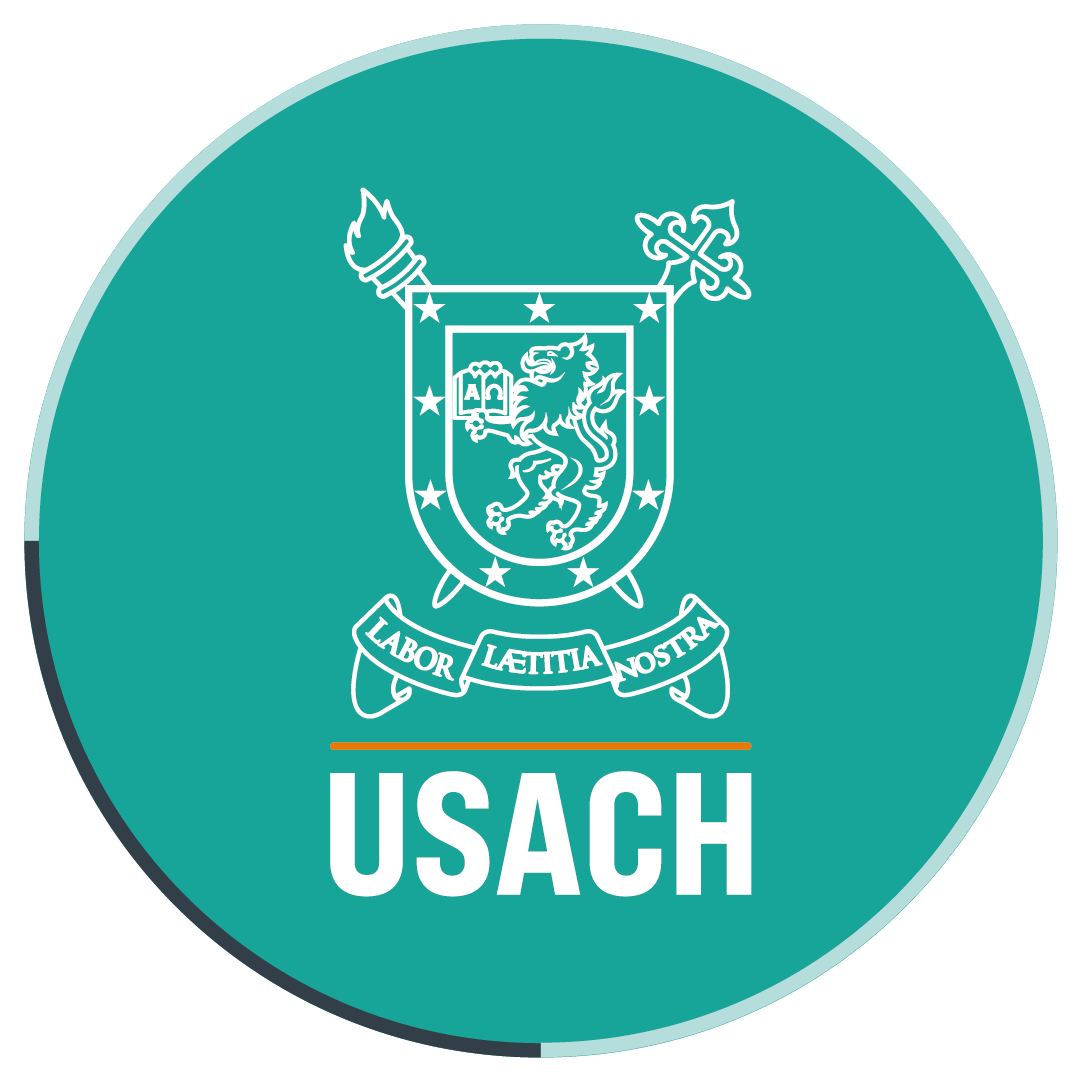- Physical Review Letters (PRL) will publish an article about this important development in the control of chemical reactions using quantum optics. In simple terms, Dr Herrera, researcher at Universidad de Santiago, explains that they proved that these reactions or electron transfers can be accelerated or reduced.
At the end of the month, the renowned American journal of Physics, Physical Review Letters (PRL) of the American Physical Society (APS), will publish an important discovery in this field made by Dr Felipe Herrera, professor at the Department of Physics of Universidad de Santiago de Chile, and Dr Francis C. Spano, professor at Temple University in Philadelphia, USA.
The article (“Cavity-controlled chemistry in molecular ensembles”) will highlight the development made by these researchers in the control of chemical reactions by means of quantum physics. In simple terms, Dr Herrera explains that they proved that these reactions or electron transfers can be accelerated or reduced.
Graphically, the model consists of an optical cavity surrounded by two mirrors that do not allow light to go through, “so the amount of energy is the minimum possible in an electromagnetic field. That is to say, there is cero or one unit of light energy, which is also called photon,” Dr Herrera explains.
Dr Herrera remembers that, at a first stage, they asked themselves about “the effects that the optical cavity could have on chemical reactions or electron transfers: if the cavity would accelerate them, suppress them or if nothing would happen at all.”
In this context, the researcher says that they finally “found a mechanism through which this quantum optical cavity can dramatically accelerate the reaction and electron transfer in molecules.”
The basics
With regards to this theoretical discovery, Dr Herrera explains the process: “First, there are two players: the electron that is going to be transferred and the vibration of the molecules that, in a way, affect how this electron is going to be transferred from one place to another. If there is too much vibration, the electron will be disturbed and the transfer will be inefficient.”
“When you add another factor, like the optical cavity, there is a third player: the photon, which will now interact with the electron inside the cavity,” he says.
“We discovered that quantized light plays a game in which the electron becomes a photon and the photon turns again into an electron and vice versa. The game only occurs inside the cavity and it makes the electron to stop interacting with the vibration, eliminating or blocking vibrations,” he explains.
With regard to what material inside the cavity accelerates or reduces the electron transfer, Dr Herrera says that they have tested organic materials or organic molecules, like the ones that form the human body. “This organic material could also be a protein, according to the experiments conducted by other researchers that have based their studies on our discovery,” he adds.
Physical Review Letters
The article about this development was first published in the online edition of Physical Review Letters and, at the end of June, it will be published in the print edition. Dr Herrera says this is a great honor for them, as this journal is the most prestigious one in the field of Physics.
Translated by Marcela Contreras

